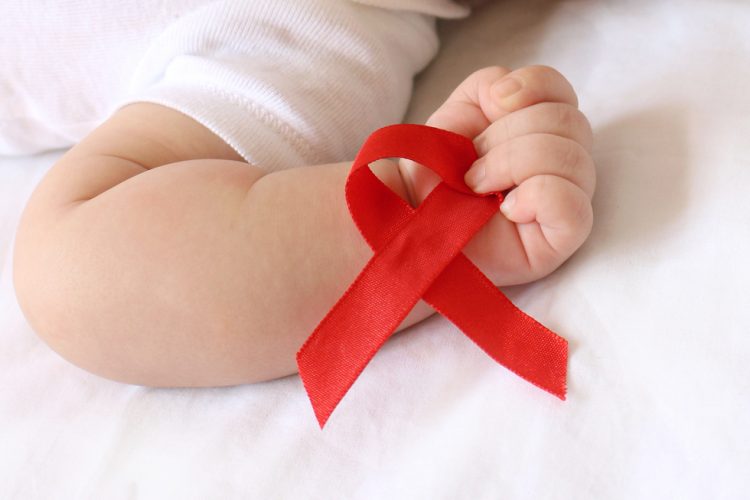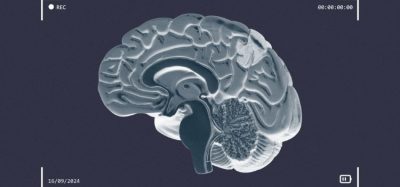Global alliance to end childhood AIDS
Posted: 3 August 2022 | Hannah Balfour (European Pharmaceutical Review) | No comments yet
New global alliance launched by UNAIDS, UNICEF and WHO aims to overcome “outrageous” disparities in the AIDS response and ultimately end AIDS in children by 2030.


According to the UNAIDS Global AIDS Update 2022, just 52 percent of children with HIV are receiving antiretrovirals, significantly behind the three quarters of adults receiving life-saving treatment.
To fill the divide, the Joint United Nations Programme on HIV and AIDS (UNAIDS) , the United Nations Children’s Fund (UNICEF), the World Health Organization (WHO) and partners have brought together a global alliance to ensure that no child living with HIV is denied treatment by 2030 – and to prevent new infant HIV infections.
The new Global Alliance for Ending AIDS in Children by 2030 was announced at the International AIDS Conference in Montreal, Canada.
Through consultations, the alliance has identified four pillars for collective action:
- closing the treatment gap for pregnant and breastfeeding adolescent girls and women living with HIV and optimising continuity of treatment
- preventing and detecting new HIV infections among pregnant and breastfeeding adolescent girls and women
- accessible testing, optimised treatment and comprehensive care for infants, children and adolescents exposed to and living with HIV, and
- addressing rights, gender equality and the social and structural barriers that hinder access to services.
In addition to the UN agencies, the alliance includes civil society movements, including the Global Network of People living with HIV, national governments in the most affected countries, and international partners such as PEPFAR and the Global Fund. Twelve countries have joined the alliance in the first phase: Angola, Cameroon, Côte d’Ivoire, the Democratic Republic of the Congo (DRC), Kenya, Mozambique, Nigeria, South Africa, Uganda, the United Republic of Tanzania, Zambia, and Zimbabwe.
The alliance will run for the next eight years until 2030, aiming to fix what UNAIDS called “one of the most glaring disparities in the AIDS response”.
“The wide gap in treatment coverage between children and adults is an outrage,” stated UNAIDS Executive Director Winnie Byanyima. “Through this alliance, we will channel that outrage into action.”
UNICEF Executive Director Catherine Russell added: “Despite progress to reduce vertical transmission, increase testing and treatment, and expand access to information, children around the world are still far less likely than adults to have access to HIV prevention, care and treatment services. The launch of the Global Alliance to End AIDS in Children is an important step forward – and UNICEF is committed to working alongside all of our partners to achieve an AIDS-free future.”
“No child should be born with or grow up with HIV, and no child with HIV should go without treatment,” asserted Dr Tedros Adhanom Ghebreyesus, WHO Director-General. “The fact that only half of children with HIV receive antiretrovirals is a scandal, and a stain on our collective conscience. The Global Alliance to End AIDS in Children is an opportunity to renew our commitment to children and their families to unite, to speak and to act with purpose and in solidarity with all mothers, children and adolescents.”
At the conference, Dr Osagie Ehanire, Minister of Health of Nigeria, pledged to “change the lives of children left behind” by putting in place the systems needed to ensure that health services meet the needs of children living with HIV. Dr Ehanire also announced that Nigeria would host the alliance’s political launch in Africa at a Ministerial meeting in October 2022.
Related topics
Related organisations
The Joint United Nations Programme on HIV/AIDS (UNAIDS), The World Health Organization (WHO), UNICEF
Related drugs
Related people
Catherine Russell, Dr Osagie Ehanire, Dr Tedros Adhanom Ghebreyesus, Winnie Byanyima









